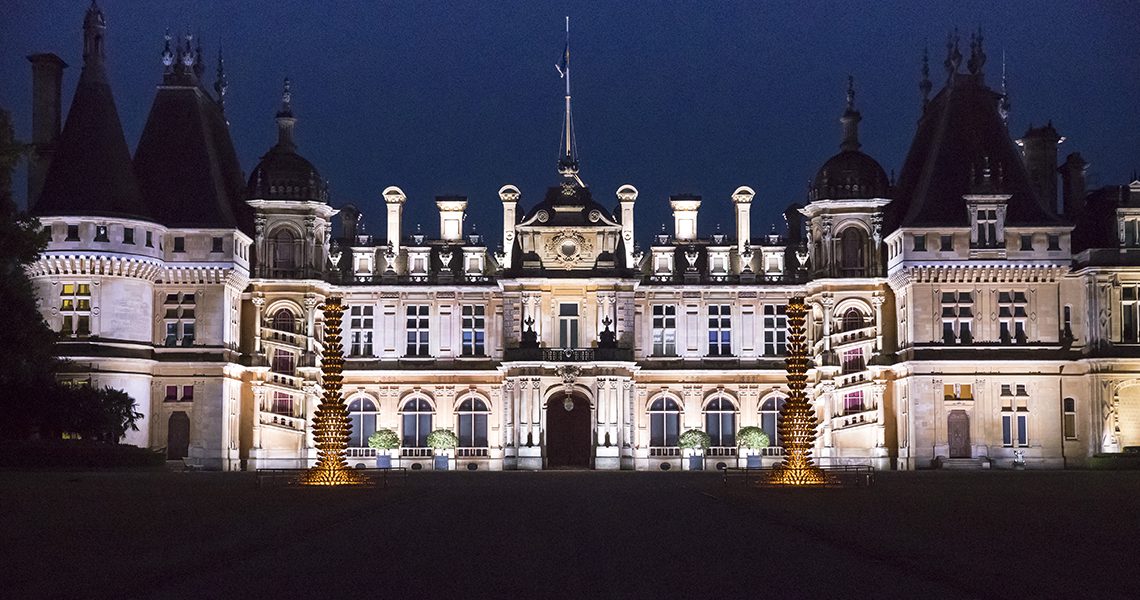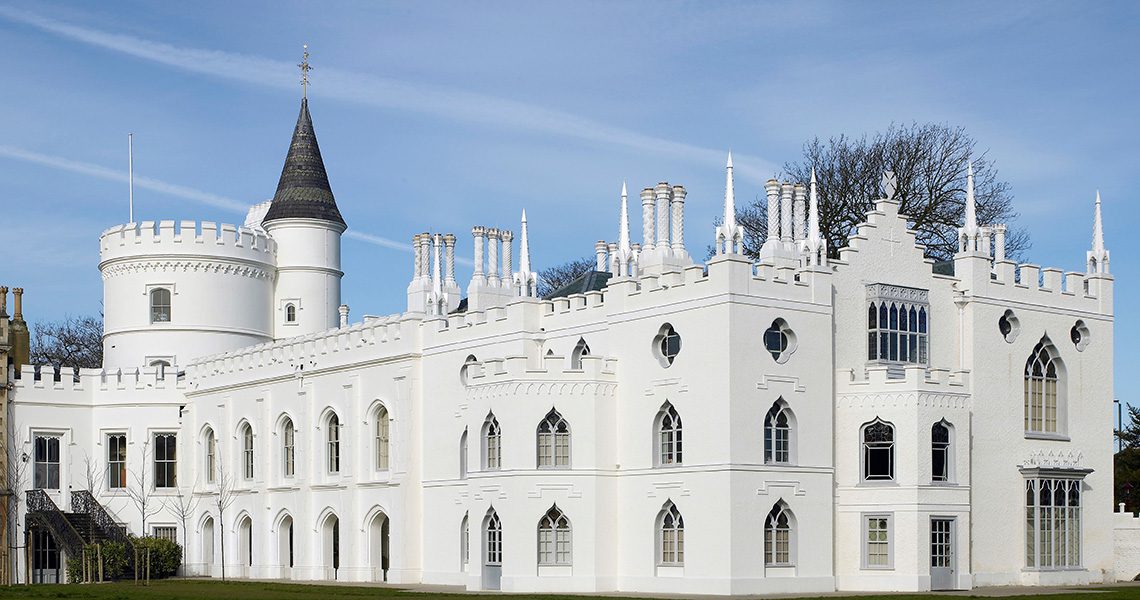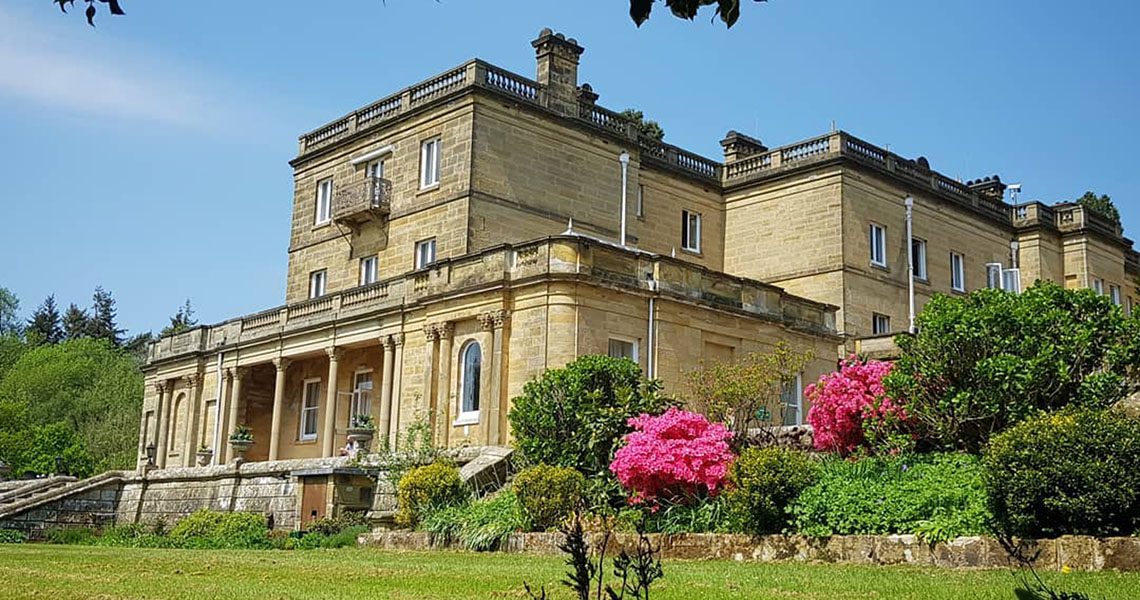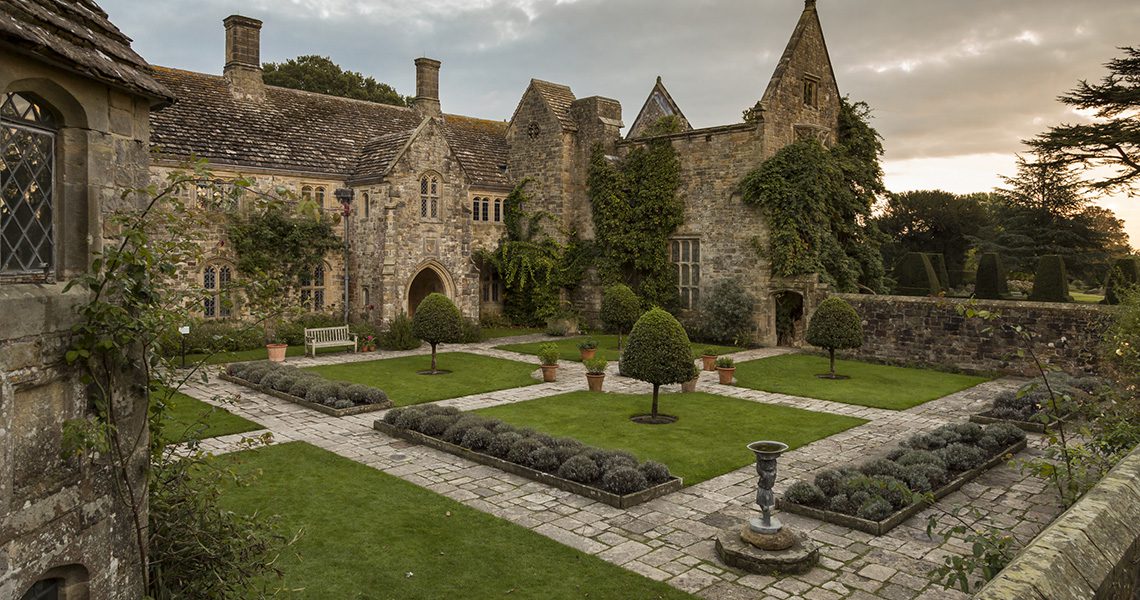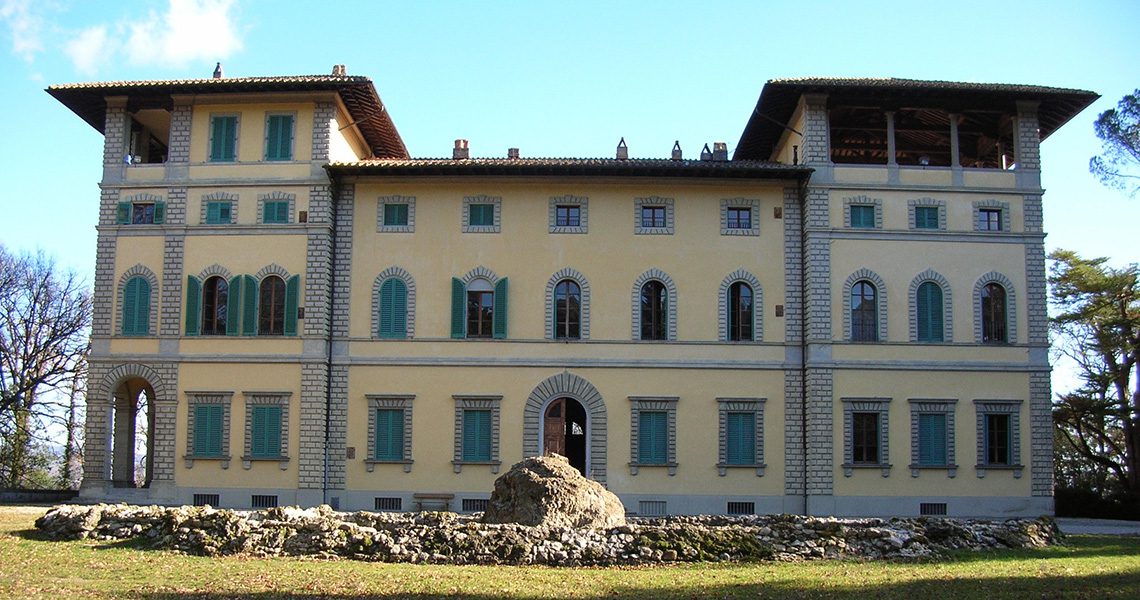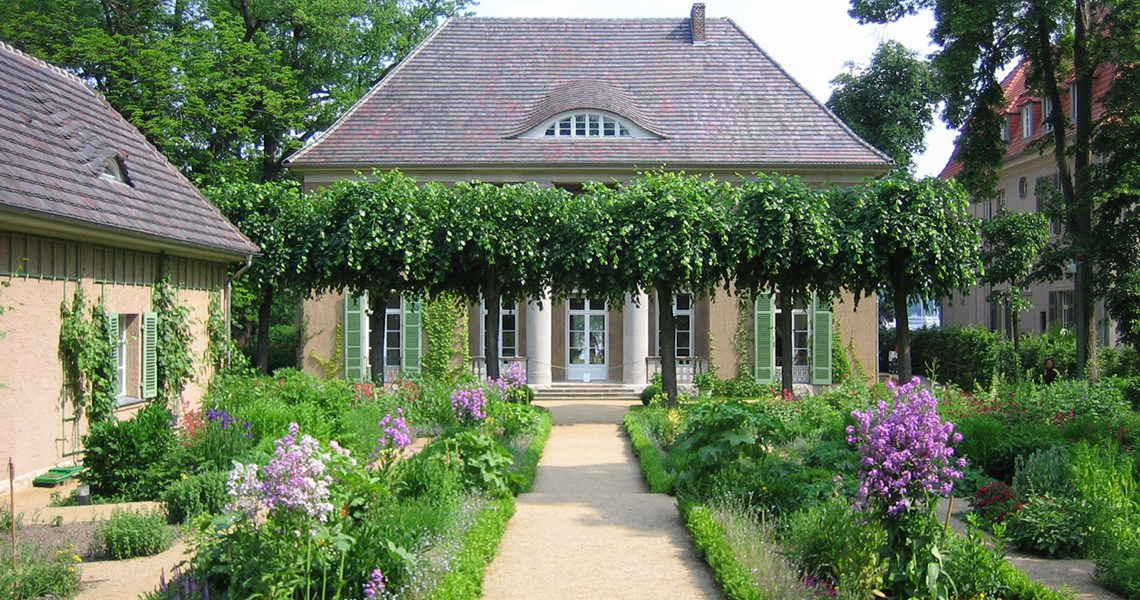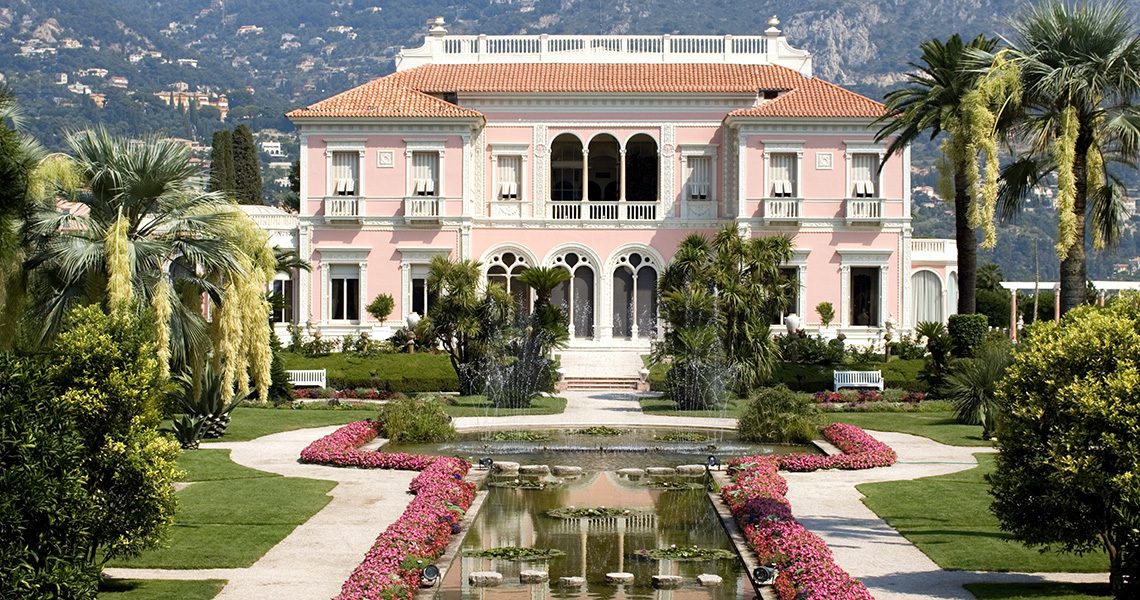Palaces, Villas and Country Houses – UK
Waddesdon Manor
Created to entertain guests during ‘Saturday to Monday’ parties, Ferdinand de Rothschild built Waddesdon Manor during the 1870s as an escape from London life. As Ferdinand never remarried and had no children, he passed the estate to his sister Alice, who in turn left it to her great-nephew James de Rothschild. James married British-born Dorothy Pinto in 1913, both of whom were very active members of the Jewish community.
Amongst other things, the couple helped to establish Norwood, the Jewish Free School and community centres in Stepney. They were close friends of Chaim Weizmann, and when James was convalescing from his war injuries, Dorothy forged important contacts for Weizmann and his circle with key members of the British establishment.
Much to their dismay, Dorothy and James remained childless. During the war, the house was offered to children evacuated from London during the Blitz from two schools in Croydon and after they heard about the Kindertransport they immediately sponsored 30 boys from a school in Frankfurt to come to the UK.
Today, perched at the top of a Buckinghamshire hill, a somewhat unexpected sight greets visitors; a French Renaissance style château housing a magnificent collection of English paintings and French 18th century decorative arts. The House and its contents tells a story of collecting, entertaining and preserving this for future generations to enjoy. In 2019 the James and Dorothy de Rothschild Room was opened, celebrating Waddesdon’s Jewish heritage, and commemorating the family’s role in obtaining the Balfour Declaration and support for the State of Israel over the years.
In the wider grounds, explore Waddesdon’s colourful parterre planting, 3D bird bedding and Pulham rock alongside an ornate Rococo-style Aviary home to rare and endangered species, a further example of the Rothschild legacy.
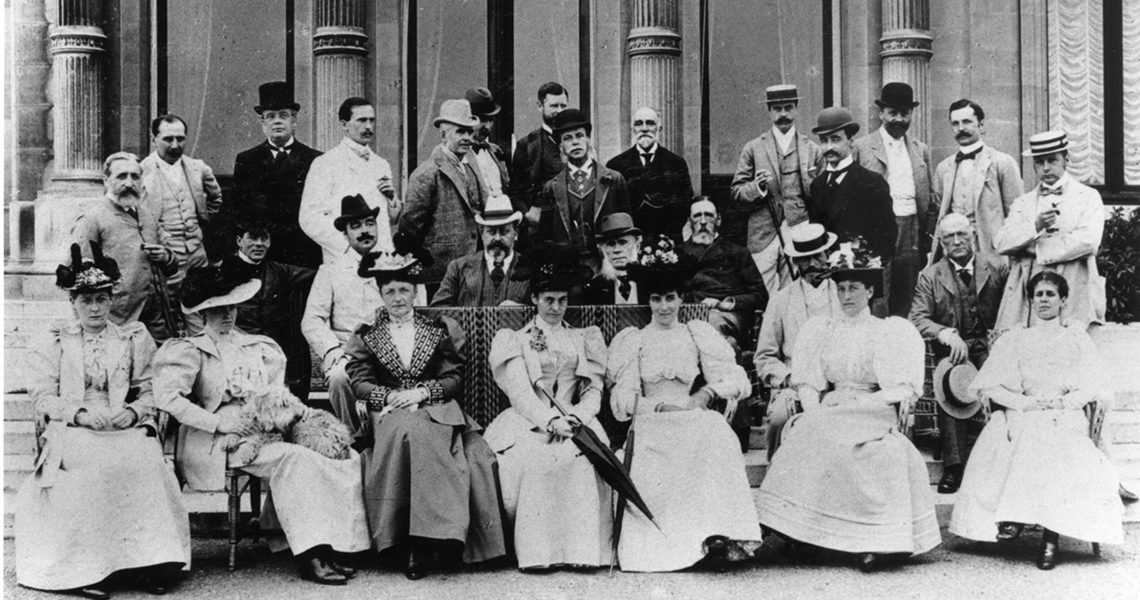
House party for the Prince of Wales, July 1894
Acc. no. 1099.1995.9. Photo: Waddesdon Image Library
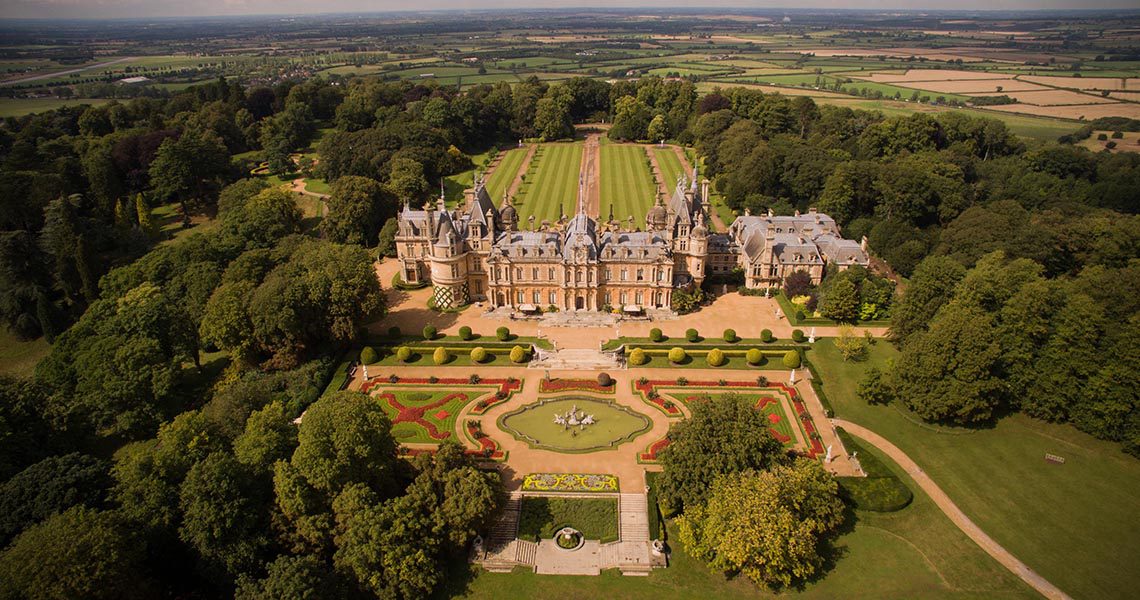
South Front, Waddesdon Manor
Photo Studio 8: National Trust, Waddesdon Manor
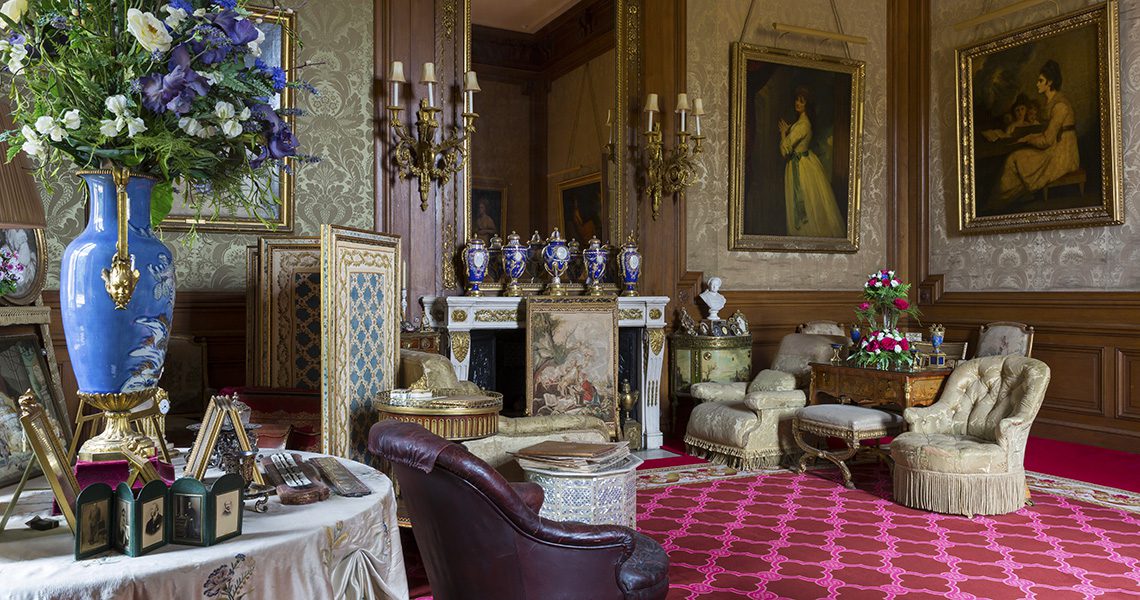
Baron’s Room, Waddesdon Manor
Photo: Waddesdon Image Library, Chris Lacey
Waddesdon Manor, Waddesdon, Aylesbury HP18 0JH.
Strawberry Hill House
Splendid Strawberry Hill was built by the writer and collector Horace Walpole (1717-1797) between 1751 and 1776 and is generally considered as the first example of genuine Gothic revival in England.
While much of the information about 18th-century Twickenham’s Jewish residents comes to us from the correspondence of Horace Walpole, no one would have ever suspected that one hundred years later even Strawberry Hill would have had a ‘Jewish story’ to tell. Among the successive owners of the suburban villa were Lady Frances Waldegrave (1821-1879), Christian daughter of a Jewish father who proudly invoked her origins, and the Sterns, an international Jewish banking family that, like other members of the British Jewish élite, became part of King Edward VII’s inner circle.
Architectural features, as well as some of the works of art these people collected, remain in place as visible reminders of the impact of their lives on Strawberry Hill.

Olympic party at Strawberry Hill with elephant and Miss Evie Green, musical comedy actress, 1908
Photo courtesy of Strawberry Hill House

Strawberry Hill House
Photo: Killian O’Sullivan
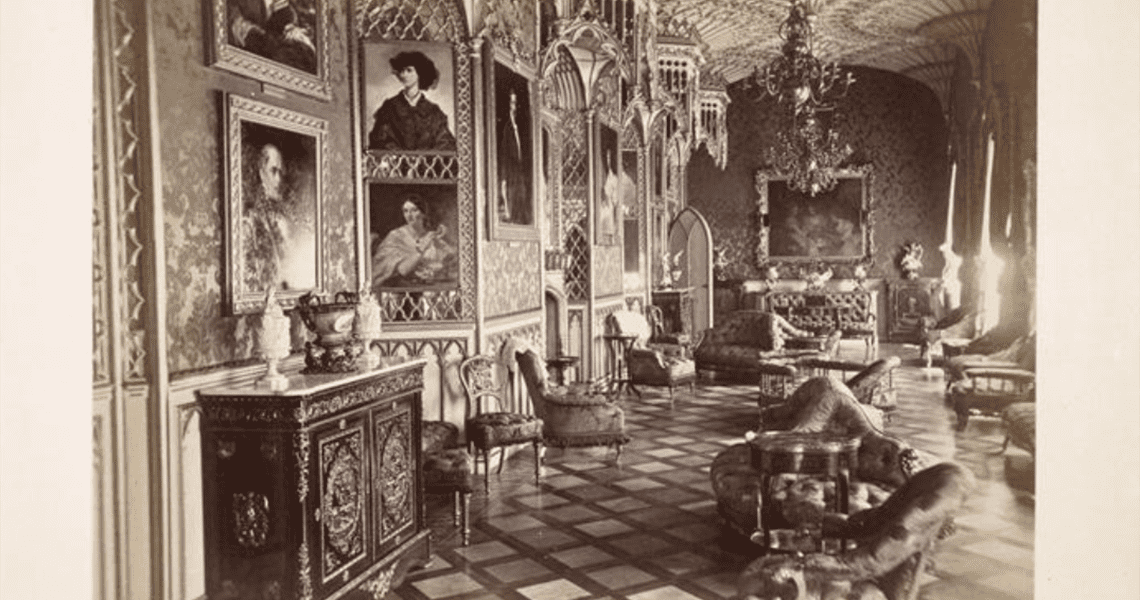
The Gallery at Strawberry Hill (refurbished by Lady Waldegrave), 1863
Photographer Philippe Henry Delamotte (courtesy of Strawberry Hill House)
Strawberry Hill House & Garden, 268 Waldegrave Road, Twickenham, TW1 4ST
Telephone: +44 (0)20 8744 1241 • Email: enquiry@strawberryhillhouse.org.uk
https://www.strawberryhillhouse.org.uk/house-garden/
Salomons
‘Salomons’, set in picturesque grounds just outside Tunbridge Wells, was the country home of the Salomons family from 1829 to 1937. Its first owner was Sir David Salomons, a founder of the London and Westminster Bank and campaigner for Jewish civil and political rights (and the first Jewish Lord Mayor of London).
He was followed by his nephew David Lionel Salomons, noted scientist and engineer, and a pioneer of electricity and motor transport. He added the impressive ‘science theatre’ with its unique Welte philharmonic organ. His daughter, Vera, gave the house to Kent County Council in 1937 for use as a convalescent home, in memory of her brother, killed at Gallipoli, her father and her great-uncle. Recently part of Canterbury Christchurch University, it now operates as a wedding and conference venue, but also has a ‘Pub and Dining Room’.
The Salomons Museum, celebrating the family, is open to the public daily.
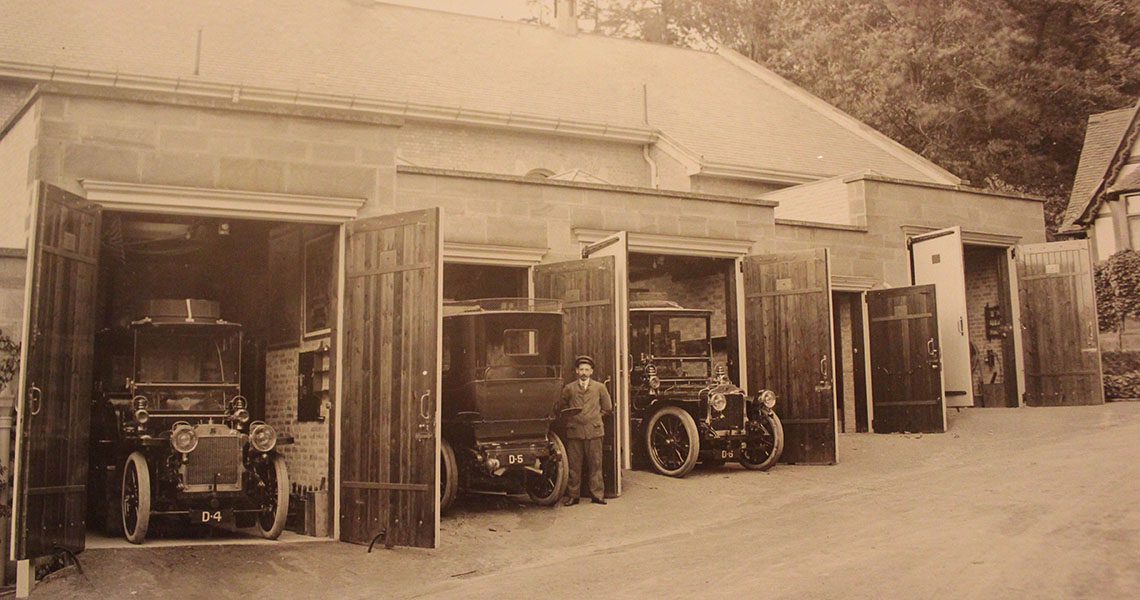
Motor houses at Salomons in the 1900s
Photo courtesy of The Salomons Museum

The museum at Salomons
Photo: John Knight

Interior of the generator building at Broomhill
Photo courtesy of The Salomons Museum
Salomons Estate, Broomhill Road, Southborough, Tunbridge Wells, Kent TN3 0TG
Phone +44 (0)1892 515152 • https://www.salomons-estate.com/#welcome
https://thecivicsociety.org/AABSals103.htm
Nymans
A garden for all seasons, with rare and unusual plant collections, set around a romantic house and partial ruins. The comfortable yet elegant house reflects the personalities and stories of the talented Messel family. In spring see blossom, bulbs and a stunning collection of subtly fragranced magnolias.
The Rose Garden, inspired by Maud Messel’s 1920s design, is scented by hints of old fashioned roses. Dramatic shows of vibrant native tree colour in autumn precede winter’s structural form when the garden is filed with pockets of perfumed Daphne throughout the garden. Discover hidden corners through stone archways, walk along tree-lined avenues while surrounded by the lush countryside of the Sussex Weald.
The story of Nymans is also the story of the Messel family. From German-Jewish émigré, Ludwig Messel to bright young thing Anne, Countess of Rosse, the family has counted collectors, artists, and the theatre designer, Oliver Messel among its members. The house and garden reflect their personalities and stories.
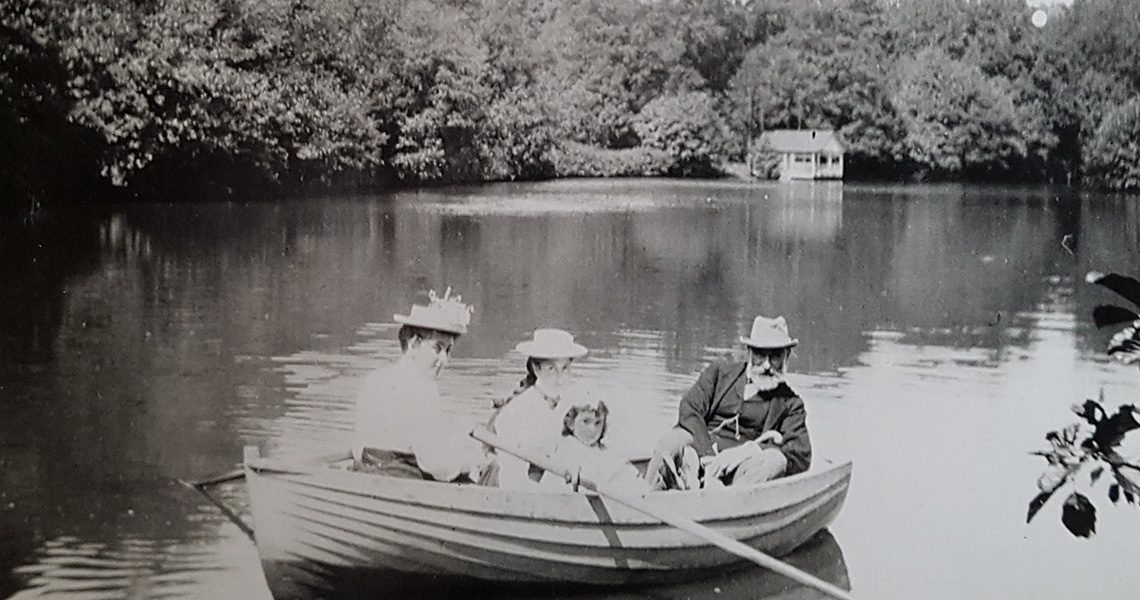
Ludwig Messel and daughters on the lake at Nymans (National Trust Images/Nymans Archive)
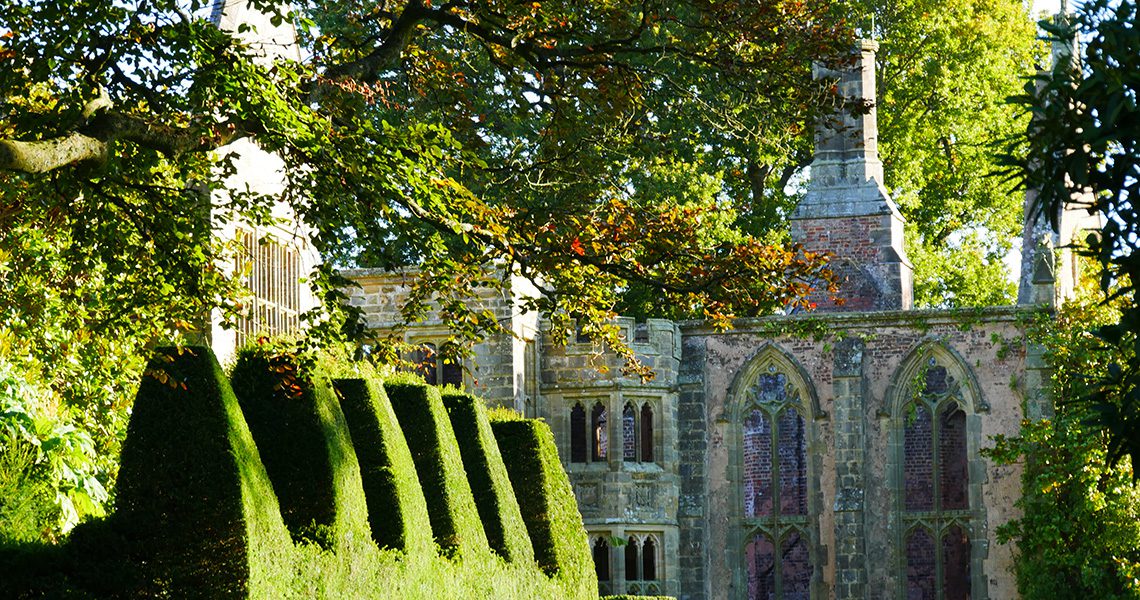
Nymans (©National Trust Images/Clive Nichols)
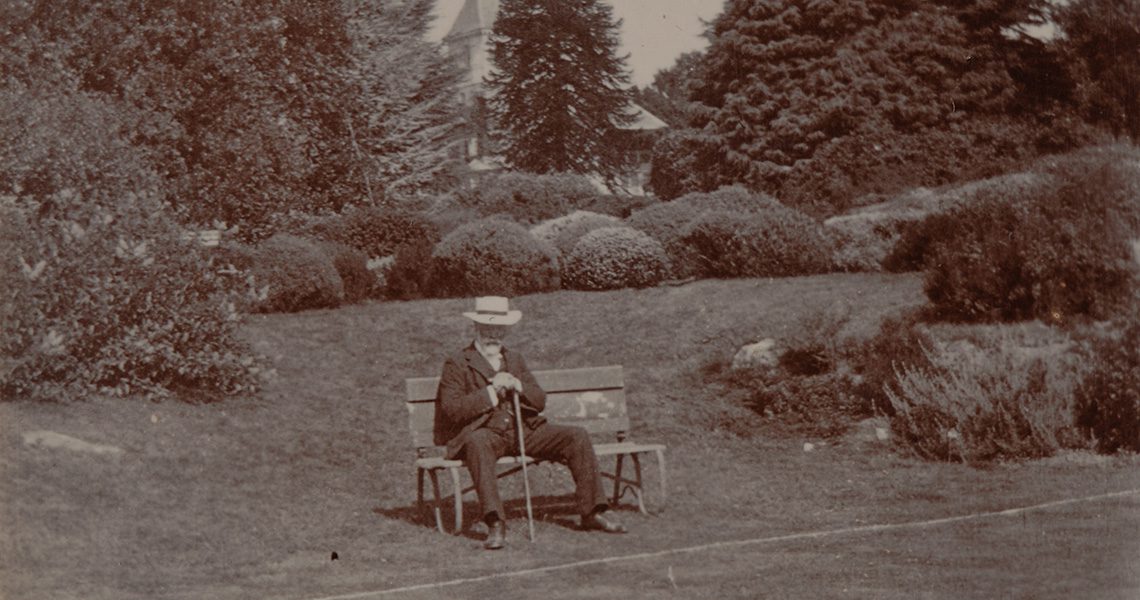
Ludwig Messel on the Croquet Lawn at Nymans (National Trust/Nymans Archive)
Nymans, Staplefield Road, Handcross, Haywards Heath, West Sussex, RH17 6EB
https://www.nationaltrust.org.uk/nymans
Mottisfont
In the 1930s, Mottisfont Abbey was transformed by its owner Maud Russell, the daughter of the Jewish Anglo-German banker Paul Nelke. Drawn by Matisse, Maud was a well-known art collector, particularly of contemporary pieces and under her ownership, Mottisfont played host to weekend parties where artists and socialites came to be entertained.
She re-decorated the house in a neo-Georgian style, furnishing it with 18th century furniture and paintings, as well as her more modern art. This included commissioning the artist Rex Whistler to decorate her drawing room with his famous trompe l’oeil Gothic scheme.
At the same time, Maud worked tirelessly to help her Jewish family members escape Germany, providing financial support and lobbying the British government to give them visas. She left the property and its estate to the National Trust in 1957, helping to preserve it for future generations.
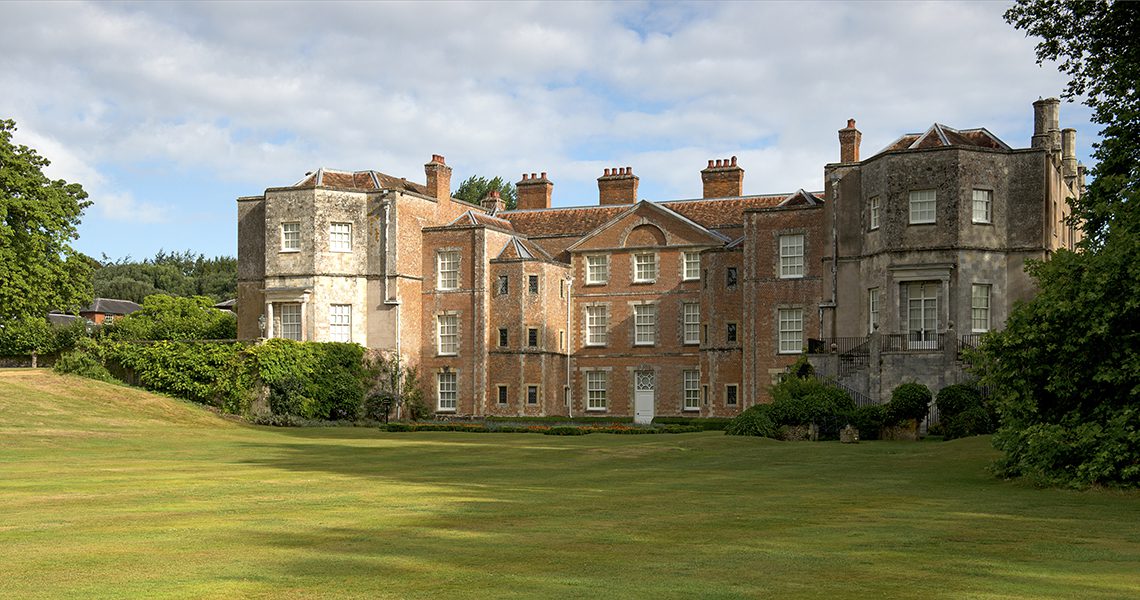
Mottisfont (National Trust Images/Simon Newman)
Mottisfont Abbey, near Romsey, Hampshire, SO51 0LP
https://www.nationaltrust.org.uk/mottisfont • mottisfont@nationaltrust.org.uk
Hughenden
Few figures of the Victorian age were as enigmatic as Benjamin Disraeli (1804 – 1881). A Jew, a Christian, an author, a politician, an outsider and a royal favourite; Disraeli defied classification and expectation in every aspect of his life.
Hughenden, his much-loved country home from 1848 to 1881, offers a vivid insight into the man who would become the first and only “Jewish” Prime Minister. Browsing our fascinating collection, you will learn more about Disraeli’s famously exotic Sephardic origins; his meteoric career as a novelist, dandy and Tory politician; his friendship with Queen Victoria, who he entertained at Hughenden and made Empress of India; and his transformative impact on the British political landscape both at home and abroad.
Set in an unspoiled Chiltern valley with views of ancient woods and rolling hills, visitors can also enjoy the Italianate style gardens, based on the original designs of Mary Anne Disraeli, and the surrounding parkland and woodland with its idyllic walks.
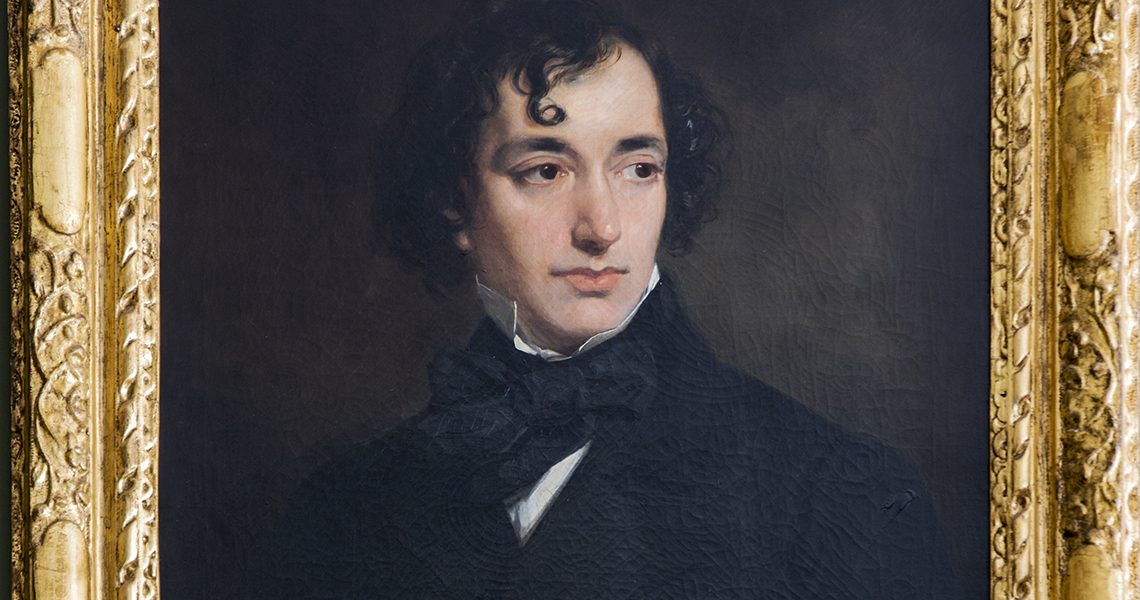
Benjamin Disraeli, Earl of Beaconsfield, as a Young Man, by Sir Francis Grant (© National Trust / Thomas Boggis)
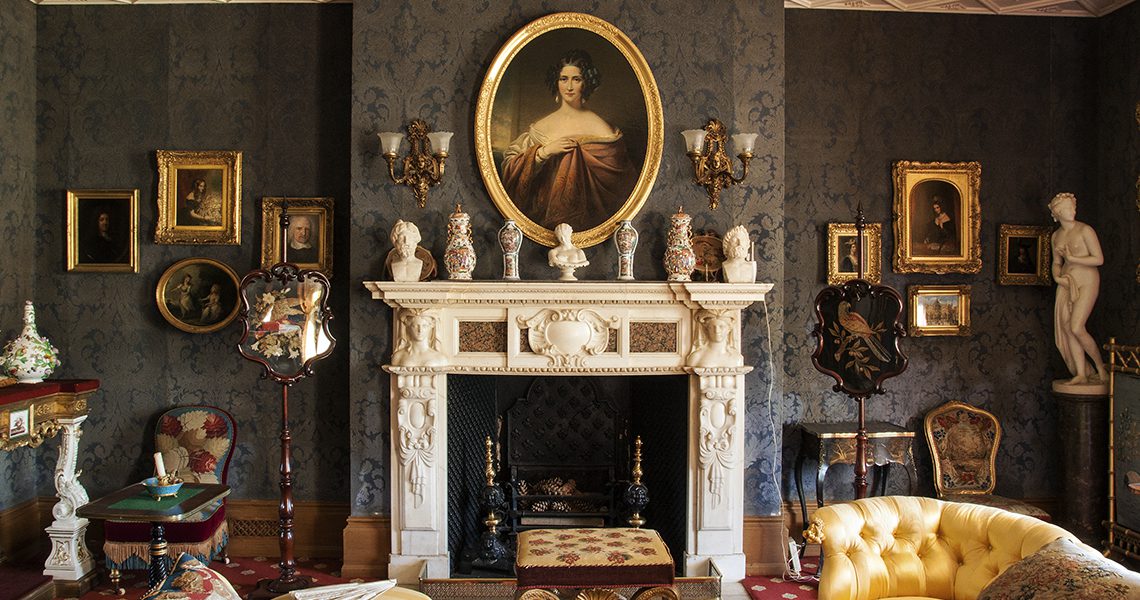
Drawing Room at Hughenden (©National Trust Images/Andreas von Einsiedel)
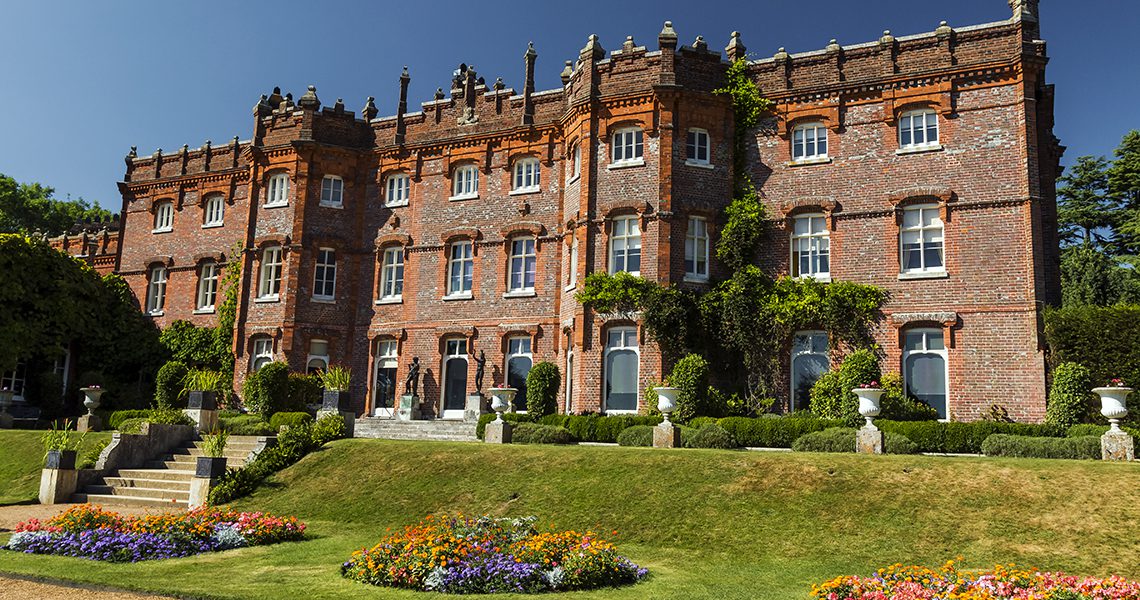
Hughenden Manor (©National Trust Images/Hugh Mothersole)
Hughenden National Trust, High Wycombe, Buckinghamshire HP14 4LA
www.nationaltrust.org.uk/hughenden

